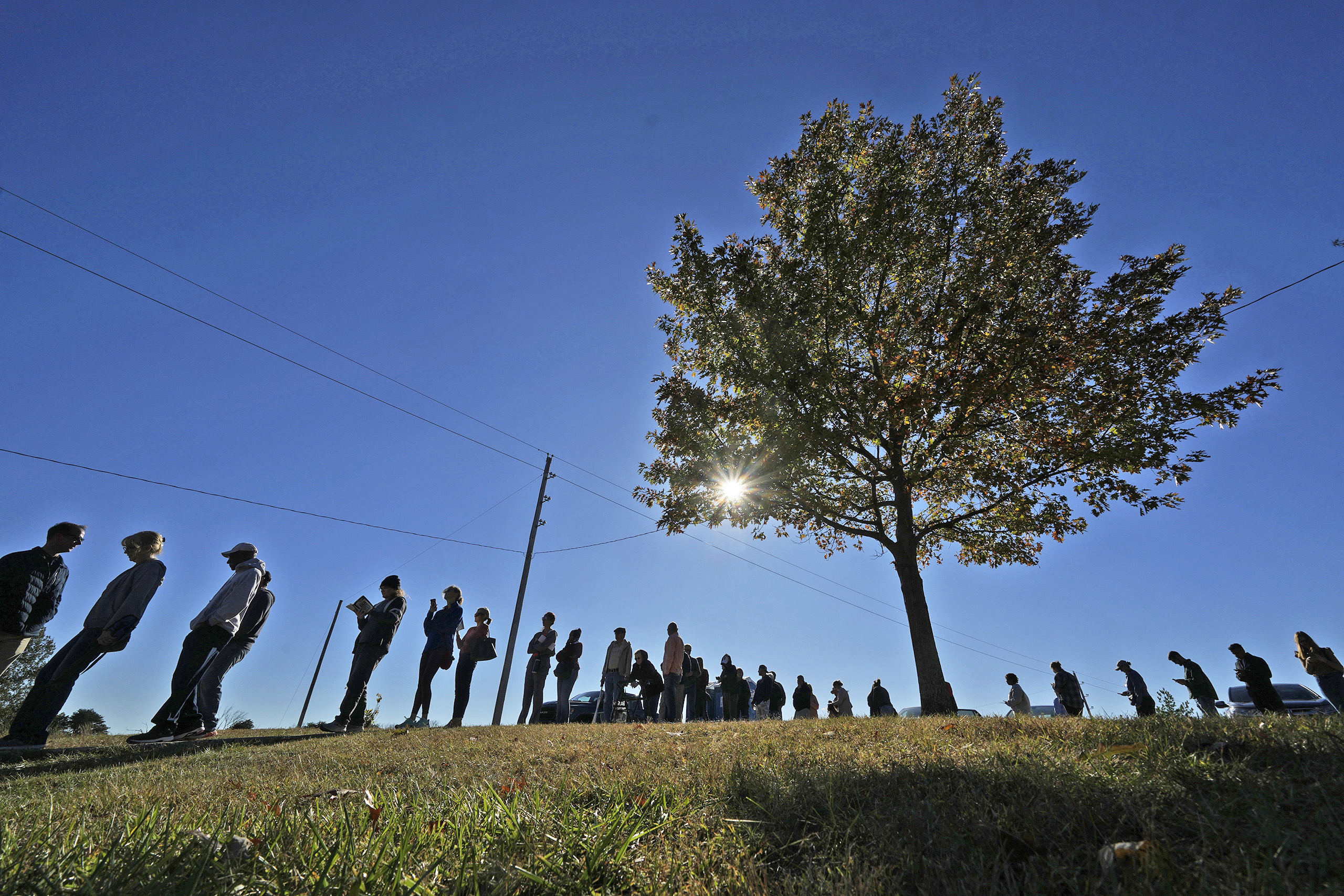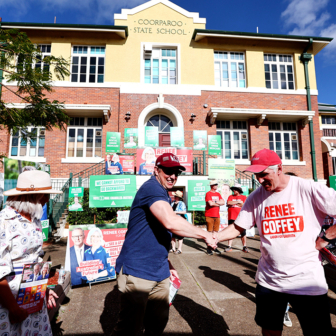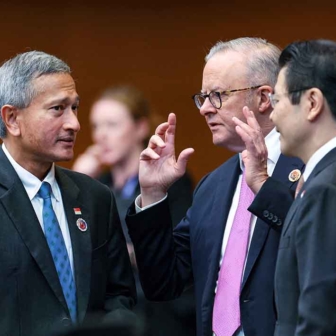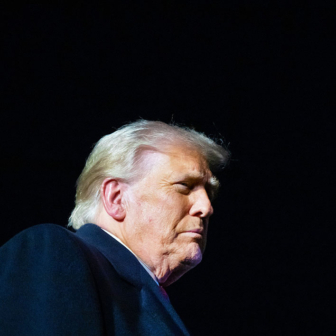America’s stunning 2016 presidential election result, which reportedly shocked even winner Donald Trump, elicited from the country’s mainstream journalists a flood of introspection, mea culpas and promises to get out more.
The fourth estate “missed the story” and “didn’t get it,” admitted one Washington Post columnist. “Groupthink,” “liberal media bias,” “wishful thinking” and a “failure of imagination” were at work, scolded a CNN host. It was an “echo chamber,” chipped in an academic. And, competing strongly in the hyperbole stakes, a New York Times writer declared the whole dreadful affair “a failure of expertise on the order of the fall of the Soviet Union or the Vietnam War.”
The reality was much more mundane. All of the final opinion polls had pointed to a safe win for Hillary Clinton. The probability of her becoming forty-fifth president, as crunched by the high-profile aggregators, ranged from 71.6 per cent from Nate Silver at FiveThirtyEight to 93 per cent from rising star Sam Wang. With the surveys saying Clinton would win, that was what nearly everyone expected to happen.
The 2016 surprise was complicated by the fact that countrywide surveys performed reasonably well, putting Clinton about 3.5 points ahead. (In the end she won the popular vote by 2.1.) It was in the “battleground” states, and others assumed in the Democrat bag, that Trump’s support was disastrously underestimated.
Two and a half years later, down in Australia, we enacted a mini version of the same pantomime (with a tiny fraction of the number of polls): Scott Morrison’s “miracle” re-election. Our polling miss was also followed by a gloat-fest about an out-of-touch press gallery. As in America, the fact the finger pointers had themselves expected a different outcome didn’t seem to matter.
Back across the Pacific, pollsters had picked the fluff from their navels and got more serious about weighting their samples, particularly by education. Yet they fell short again, by even more, in November 2020. Mercifully, they got the right winner, Joe Biden, albeit elected by much closer margins, nationally and swing-state-wise, than they had anticipated.
Eighteen months later Australia again followed suit. This time our pollsters substantially overstated Labor’s primary vote support, but here too they ended up on the right side of the binary outcome. (Unlike America 2020, our 2022 misfire was not as big as its predecessor, and the stronger-than-expected preferences flows to Labor at the ballot box made pollsters’ two-party-preferred estimates look respectable.)
The point is that voting-intention polls in the lead-up to elections largely set our expectations of the result. Some pundits internalise the polls and come to believe they would “feel” or “sense” the upcoming result even if there were no surveys. Outside campaigns, polls push media narratives about how politicians are “travelling.”
Other elements join the mix, most importantly how individual politicians have performed relative to past expectations. A leader who has already managed to come back from the dead will have that factor priced in. In Australia we can think of Morrison (2022), John Howard (2007) and, for those with longer memories, Paul Keating (1996). Like Trump (2020), the feeling was that they might just pull off the impossible again. In the case of Keating and Morrison, the probabilities implied by betting markets — an imperfect distiller of general expectations but the best we have — were about the same at that second outing as at the first, despite the polls being more dire.
As the US election loomed in 2020, the polls had Biden much further ahead of Trump than Clinton had been four years before, but the implied probabilities were closer. Punters learn from experience. But sometimes they overlearn.
And now here we are, finally, on the eve of the 2024 presidential election. Hundreds of millions of Americans, and several billion earthlings across the globe, are obsessing about the polls. At the same time, thanks to those two misfires, trust in the polls is low. But they are all anyone has. (One suspects that even the self-proclaimed prophets consult the polls before venturing out on the limb.) Have the pollsters got their acts together in the last four years? Might they have overcorrected, and be understating support for Kamala Harris?
In punditland, many are intoning that “it’ll be close,” but what “close” means usually remains unexplained. They’re really saying it could go either way. Actual close electoral college results — cases where, say, neither candidate gets more than 300 electoral college votes out of 538 — are unusual. Both of George W. Bush’s wins (in 2000 and 2004) fit that category; before that we have to go back to Jimmy Carter (1976) and then way way back to 1916.
If the current neck-and-neck polls are as wrong, and in the same direction, as either 2016 or 2020, Trump will romp home. Silver’s probabilities (at time of writing; his final crunch is still to come) have gone from slightly favouring Trump to a toss-up. Betting markets give Trump around a 60 per cent chance of winning which, given the history of the polls, is understandable.
But those markets, unlike the aggregators, tend to be slow to digest new information, and the last few days have provided some good numbers for Harris. That surprise Iowa poll lead has implications not necessarily for little Iowa but for midwest states in general. It’s generated a stir because the pollster, Ann Selzer, has an excellent track record. (I mentioned her near the bottom of this long 2020 article, with a link to an interview.) And a YouGov poll has Harris slightly ahead in four of seven swing states, with Trump ahead in two and one tie.
We all know the gender gap, a long-time male preference for the Republicans, will be particularly large this time. But another demographic to watch (in exit polls) is race. No Democrat presidential candidate has won the white vote since Lyndon Johnson in 1964 and that’s not going to change this year. But one theme from recent elections, and in polls for this one, is increasing support for Republicans from Black and Latino voters — off very low and low bases respectively. The flipside, with the Democrat slightly ahead in the national vote, is increasing support from white voters. That Iowa poll was partly to do with that; it found older white people unexpectedly pro-Harris.
A special mention of those recent ads urging women to, if necessary, deceive their husband about who they vote for. Let’s give a shout out to the Australian ballot system, invented in Victoria in 1855–56, which spread across America in the 1890s. Its genius lay in the state making sure voting was secret. These days, though, the wide availability of postal voting in advanced democracies largely negates all the good work: a person exercising power over another can insist they apply for a mail-in ballot and then make sure they vote as they’re told. So the timing of these advertisements, too late to apply for a postal vote, makes sense.
There’s also an irony in the fact that this wouldn’t work as well in Australia, because our booths, positioned as they are, are among the least secret in the democratic world. A person can in most instances simply vote in the booth next to their spouse and watch what they do. Electoral commission staff, if they see it, usually don’t bat an eyelid.
So, to sum up: the polls have it line ball. They might be wrong in either direction, but there’s an outside chance they’re about right.
Who is going to win? I was going to sit this one out, but I’ve been emboldened by the recent numbers, and earlier ones that strongly suggested the electoral-college equation won’t favour Trump as much as the last two elections (in 2020, Biden won the national vote by 4.5 per cent, but in uniform terms a lead of 3.8 per cent or less would have seen him lose the college). I think Harris will probably win. And, no, it’s not likely to be “close.” But, okay, it might be.
We know Trump would refuse to accept that result. It could get very ugly. (A Trump victory might activate violence from far-left Antifa, but it wouldn’t be fanned by senior Democrat figures.) The bigger the Harris win, the less likely it can be overturned by the Supreme Court.
Meanwhile, back down under, we have a federal election in around six months. We still don’t know whether our polls are any good, or whether they’re still overstating Labor support. Their counterparts’ performance tomorrow might at least give us some clues. •





